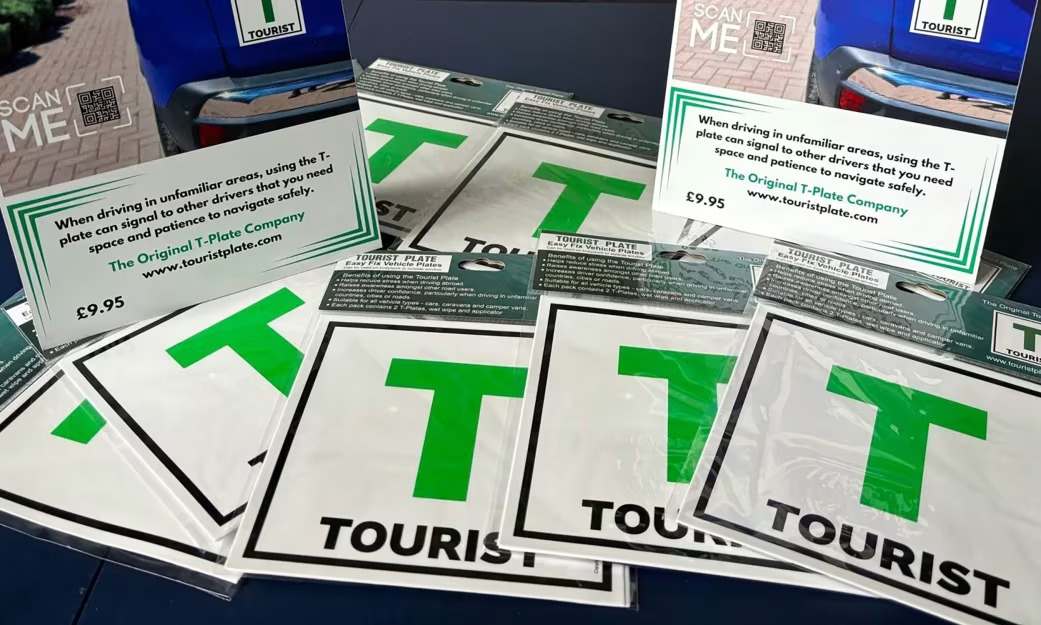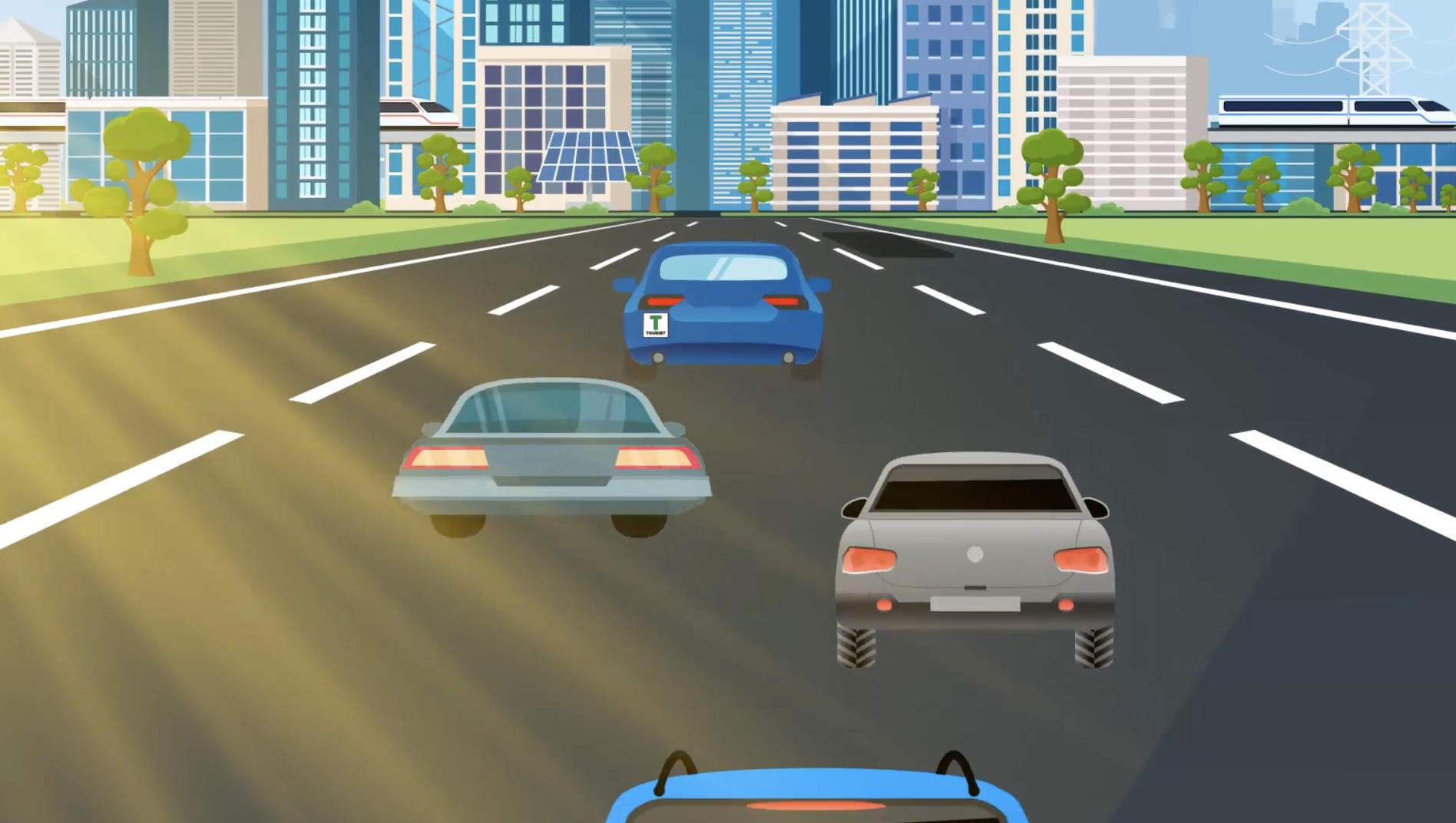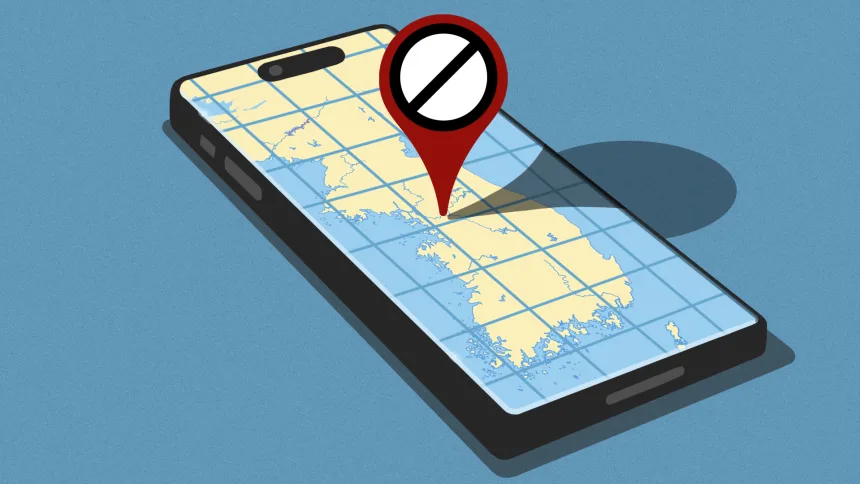A Small Innovation Born in the Scottish Highlands

TEXT : Patrick Blackman
The vast natural beauty of the Scottish Highlands continues to captivate travelers from around the world. Towering mountains, mystical lochs, and historic castles scattered across the landscape provide unforgettable experiences for visitors. Yet, at the same time, the harsh reality is that serious traffic accidents involving tourists are becoming increasingly common.
Among the most notorious roads is the A9, the longest in Scotland, where frequent shifts between single and multiple lanes contribute to numerous accidents. In the past decade alone, nearly 50 lives have been lost. While local residents view the road as part of their everyday routine, for inexperienced tourists it can present an overwhelming challenge.
In response, one hotel owner has devised a unique idea to address the problem. Scottish native Robert Marshall, drawing on his own experiences, created an adhesive sticker known as the “Tourist Number.” This sticker is designed to be placed on the rear window of a rental or private car, signaling to surrounding drivers that “this motorist is a tourist and unfamiliar with the area.”

The inspiration came during a holiday in Tenerife, Spain. For drivers accustomed to left-hand traffic in the UK, right-hand traffic roads are a significant source of stress. When road signs are in an unfamiliar language, the pressure from cars following closely behind can be immense. “I couldn’t read the signs, and driving on the opposite side was nerve-racking. What scared me most was being pushed from behind. If I could have signaled that I was a tourist, people might have been more patient,” Marshall recalls. From this experience, he began promoting the “Tourist Number” alongside his hotel business.
This initiative is far from a mere whim. Psychologically, visual cues have the power to alter others’ behavior. Just like the “beginner driver” or “elderly driver” badges, a “tourist sticker” could encourage surrounding drivers to keep a safer distance and overtake more cautiously. This not only lowers the risk of accidents but also boosts the confidence of the tourists themselves. For Scotland, where tourism is a vital industry, such safety measures could yield long-term benefits for the regional economy.
On the other hand, the issue of tourism and traffic is not unique to Scotland. Across Asia, too, the “gap between safety and convenience” for travelers has long been a concern. For example, even in one of the most technologically advanced countries, Google Maps—the global standard for navigation—does not function fully in certain regions. The reason lies in national security concerns: restrictions are placed on detailed map data to prevent sensitive military or infrastructure information from being exposed. As a result, tourists must often rely on paper maps or limited alternative services instead of modern navigation apps.

However, a government decision expected this October may significantly alter this situation. If certain restrictions are eased, travelers will gain access to more accurate map information, reducing the stress of navigation. This would be a tremendous benefit not only for local residents but also for international tourists. For a nation aspiring to thrive as a tourism destination, “access to information” is just as essential as physical infrastructure.
Marshall’s invention and the regulatory reforms underway in Asia may seem unrelated, but they are united by a common theme: creating an environment where tourists can move with confidence. Travel is designed to provide extraordinary experiences, but transportation remains the most ordinary and unavoidable element. Making activities such as driving or finding directions less intimidating in a foreign country can dramatically enhance the quality of the journey. In the tourism industry, safety and peace of mind are the ultimate added value.
The small sticker born in a Highland hotel may one day spread to other destinations worldwide. Meanwhile, regulatory reform in Asia could suddenly expand the mobility of visitors. Both cases underscore a simple yet powerful idea: to view the world through the eyes of tourists and ease their anxieties. This, perhaps, is the first true step toward realizing sustainable tourism.
